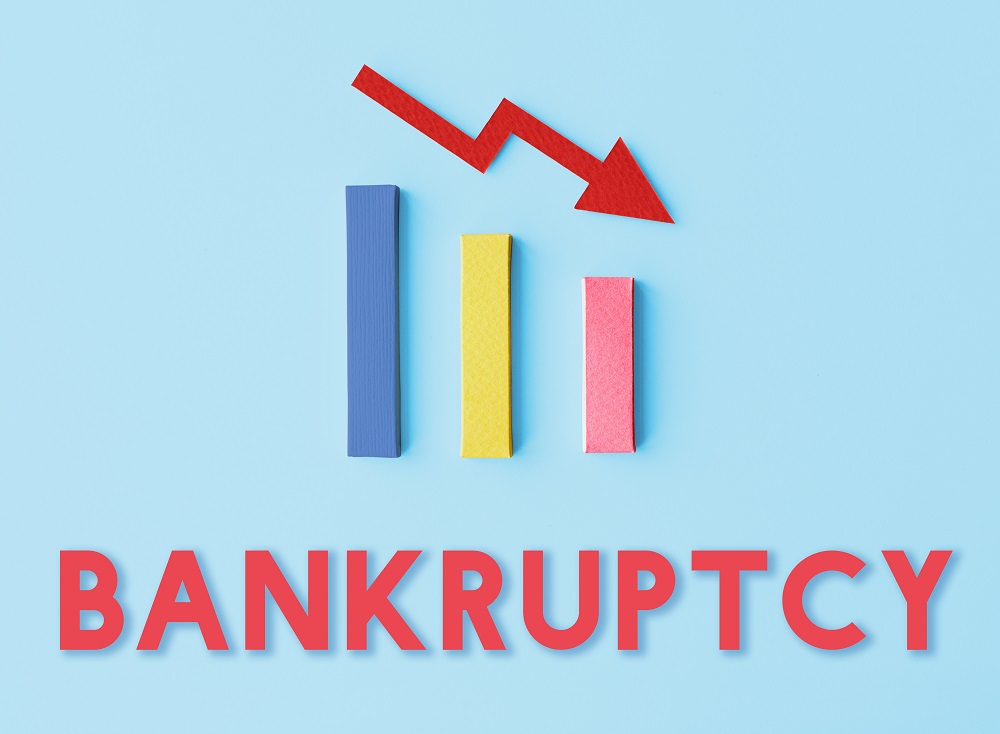The Insolvency and Bankruptcy Code was developed as there was a need for a time-limited procedure for dealing with stressed assets. The bill was proposed by the NDA Government in 2015, and after receiving the President of India’s approval in May 2016. It was enacted as an Act. Before the IBC, the average duration to resolution was around four years. The main goals of IBC were to speed up the resolution process for defaulting entities and lessen the strain of non-performing assets in the banking industry.
Who Governs and Administers the Resolution Proceedings?
The IBC proceedings are governed by the Insolvency and Bankruptcy Board of India. The IBBI is mainly composed of ten members, including officials from the RBI, the law ministry, as well as the finance ministry. IBBI assigns Insolvency Professionals (IPs), who as licenced individuals manage the debtor’s assets and ensure that details are shared amongst creditors and debtors in order to enable improved decision-making.
The code provides two quasi-judicial agencies or tribunals for the resolution’s proceedings that are responsible for executing orders in the law’s interpretation. The National Company Law Tribunal (NCLT) is responsible for presiding over corporate and LLP matters. Partnerships and individuals both benefit from Debt Recovery Tribunals (DRTs).
The Working of IBC
Firms, partnerships, and individuals are all subject to the code. Both creditors and debtors are eligible to file an appeal under the Insolvency and Bankruptcy Code. The creditors seize the debtor’s assets as soon as the application is approved. The mentioned committee of creditors (CoC), which contains the lenders to the defaulter, is established by the officials supervising the resolution. The destiny of the outstanding debt shown on the debtor’s balance sheet is decided by CoC.
The committee has the option of renegotiating the debt’s conditions or recouping some money by selling the debtor’s assets. The Board of Directors and the promoters are stripped of their managerial authority and placed on administrative leave after the Corporation Insolvency Resolution process is initiated. 180 days are allotted for corporations to complete their resolutions (with an extension period of 90 days as per the mutual agreement).
The time restriction may, in extraordinary circumstances, be extended by the tribunal up to a maximum of 330 days. Startups and small businesses with annual turnover under Rs 1 crore have a 90-day time limit (extendable by 45 days). The defaulter is forced into liquidation if settlement or recovery cannot be made within the allotted time frame.
The insolvency professional chooses to sell the debtor’s assets in a liquidation situation in order to recoup the highest potential price. The following is the order in which the assets’ sale proceeds are distributed:
- Insolvency Resolution expenses and insolvency professional’s compensation
- Employees and other staff members
- Secured creditors
- Unsecured debtors
- Government liabilities
What are Some Latest Advancements Around Insolvency and Bankruptcy Code?
The bar for initiating insolvency proceedings against the defaulting firm has been raised thanks to a recent amendment. Under the former law, the procedures might be accepted after a default of Rs 1 lakh. Insolvency proceedings against a debtor can now be initiated for as little as Rs 1 crore. This safeguards the interests of smaller businesses harmed by the pandemic worldwide.
Another set of clauses in the same bill suspended elements
of the Law that permits operational or financial creditors to file lawsuits for a period of six months (extendable to a year) beginning on March 25. The amendment, according to the finance minister, was situational and intended to safeguard the businesses that had been put in danger by defaults brought on by the pandemic. In response to these amendments, the Government on September 24 added additional three months to the suspension period of new IBC filings.
Conclusion
Larger firms continue to submit to insolvency proceedings even when the threshold limit for filing bankruptcy has increased. So, throughout the post-pandemic restoration, a strain could accumulate on IBC courts and professionals. A accurate picture of the pandemic’s effects and damage done to the economy will be seen in next fiscal year. Nonetheless, it is due to such reasons that analysts contend that the banking industry would be the slowest to revive. At the same time, the inception of insolvency technology has paved the way for swift updates and an accurate assessment of the proceedings thereby efficiently streamlining the insolvency process.

